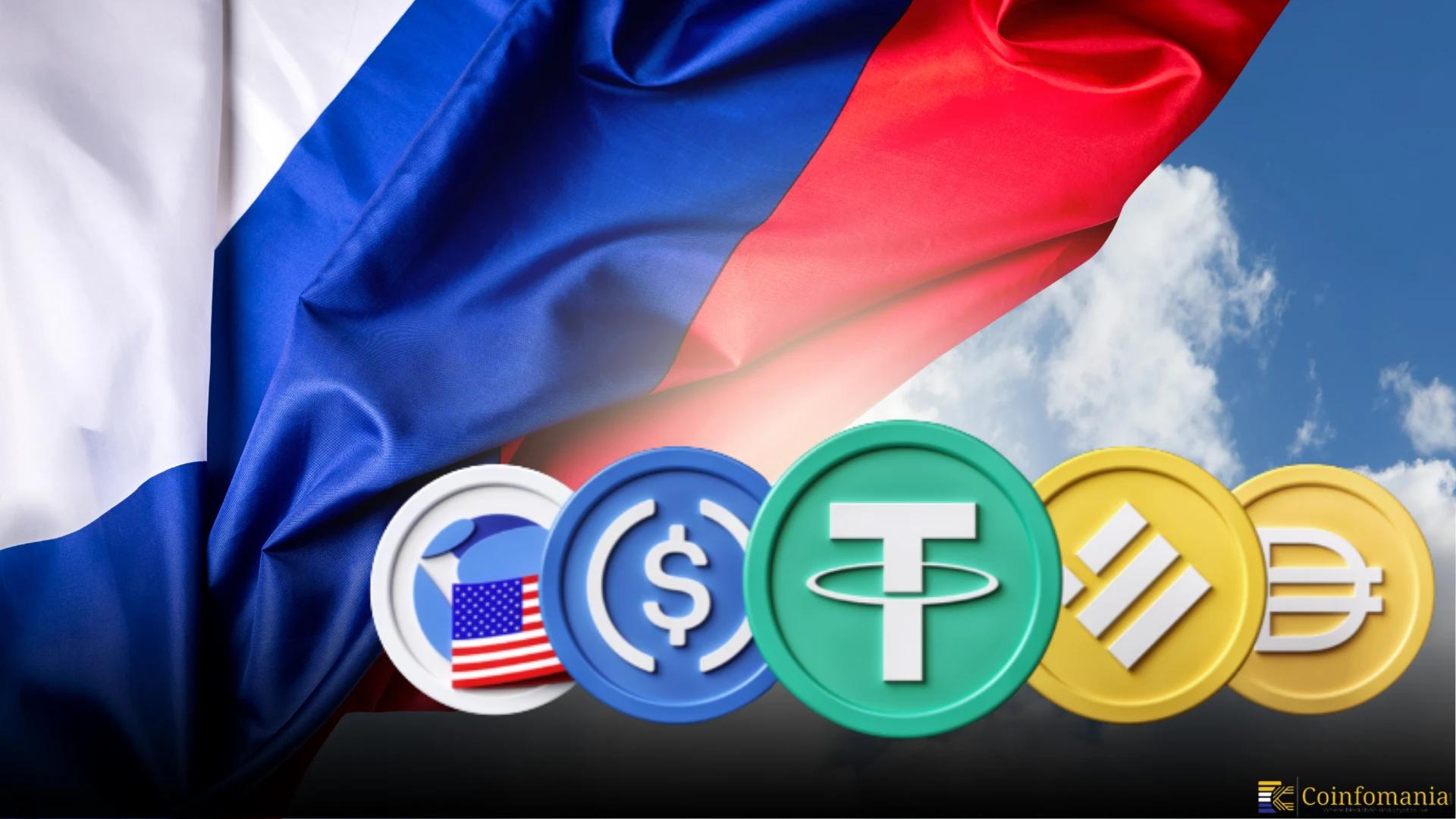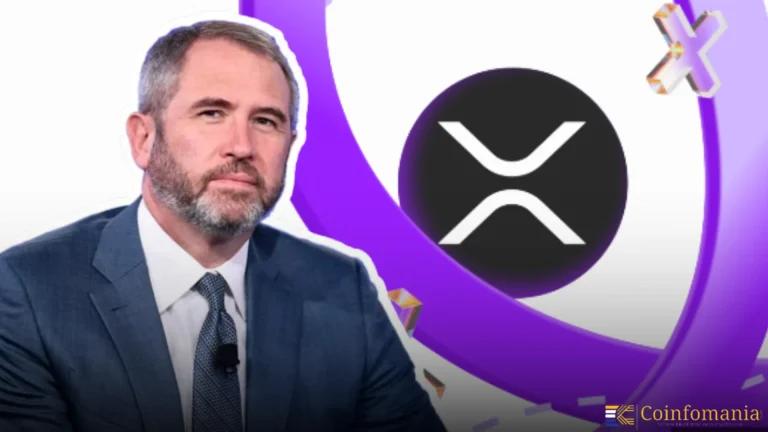Russia Eyes Stablecoins Amid Sanctions: A Push for Financial Independence
Russia is eyeing to develop its own stablecoins amid the USDT blockage of stablecoin wallets. The Russian ministry is suggesting the same to the government.

Lately, there’s been a lot of talk about Russia getting serious about building its own stablecoins. The reason? A recent move by Tether, the company behind the popular stablecoin USDT, to block wallets linked to Russia. This caught many off guard, especially businesses using USDT for international payments.
Now, some voices inside Russia are saying, if we can’t rely on others, maybe it’s time to create something of our own.
Tether Freezes Russian Wallets—$30 Million Gone.
One of the biggest Russian crypto exchanges, Garantex, shared some frustrating news recently. Tether had frozen wallets on its platform holding over $30 million worth of USDT. This wasn’t a glitch or a technical issue. It happened after the European Union placed new sanctions, and Tether responded by blocking those accounts.
Because of this, Garantex had to stop some of its operations. And suddenly, many Russian firms realized how risky it is to depend on financial tools that can be shut down with just one decision from abroad.
Russia’s Finance Ministry: Let’s Make Our Own
In response, Osman Kabaloev, a senior official from Russia’s Finance Ministry, came forward with a suggestion. He believes Russia should start working on its own stablecoins, digital tokens that are backed by real currencies like the dollar or euro.
Why? Because right now, many Russian businesses use USDT and other foreign stablecoins to send and receive money internationally. With traditional banking systems limited due to sanctions, these digital tools have become essential. But the Tether incident made one thing very clear: if someone else controls the switch, they can turn it off anytime.
Building a local version of stablecoins might enhance Russian security and defence in the near future.
Mixed Feelings from the Central Bank
Not everyone in Russia is jumping on the crypto bandwagon, though. Elvira Nabiullina, who heads the Russian Central Bank, has always been cautious about using cryptocurrencies, especially inside the country. She worries about the risks, like scams and money laundering.
But even she admitted something interesting: Russian companies are already testing out crypto for international payments. In other words, whether officials like it or not, businesses are already using these tools because they need to.
Looking Ahead: A Shift Toward Digital Independence
If Russia goes ahead and creates its own stablecoins, it could change the way the country handles international payments. It won’t happen overnight. Creating a trusted digital currency takes time, rules, and tech. But the motivation is strong now.
This whole situation is more than just a crypto story. It’s about what happens when countries try to take control of their own financial systems, especially when outside forces start closing doors.
Right now, Russia isn’t just reacting. It’s rethinking how money moves across borders—and who gets to control it.
Follow us on Google News
Get the latest crypto insights and updates.


